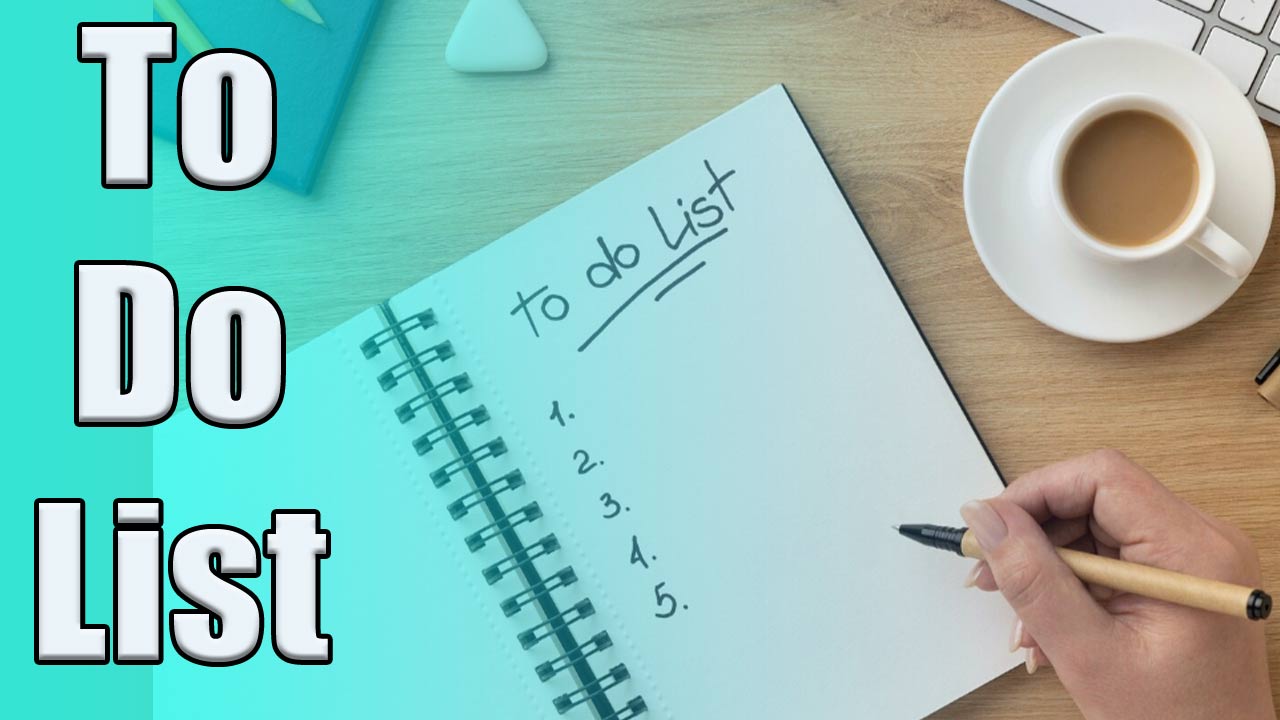Best Tips: How to Prepare for Video Conference Meetings

Are you ready to level up your video conference game? In today’s interconnected world, mastering the art of virtual meetings is not just a skill but a necessity. Whether you’re meeting clients, collaborating with colleagues across the globe, or attending remote classes, the ability to conduct effective video conferences can make or break your success.
In this guide, we dive deep into the strategies and tips that will elevate your video conference meetings from mundane to exceptional. From setting up the right tools to creating a productive environment, from mastering technical setup to ensuring seamless participation, we’ve got you covered.
Let’s explore how to prepare for video conference meetings like a pro, ensuring every interaction is efficient, engaging, and productive.
What is video Conference & Why Preparation Matters

Video conferencing has become a cornerstone of modern communication, allowing us to connect face-to-face with colleagues, clients, and even friends across vast distances. It’s a powerful tool that transcends geographical limitations, fostering collaboration and driving business forward. But just like any important meeting, a little preparation goes a long way in maximizing the benefits of video conferencing.
- Efficiency: Winging it can waste valuable time troubleshooting technical issues or scrambling to understand the meeting’s purpose. Preparation ensures a smooth flow, allowing everyone to focus on the content at hand.
- Professionalism: A well-prepared video call showcases your dedication and respect for others’ time. It creates a positive first impression and demonstrates your ability to work effectively in a virtual environment.
- Productivity: When everyone arrives informed and ready to contribute, discussions become more focused and productive. Clear goals and agendas keep the meeting on track and ensure everyone leaves with actionable next steps.
- Confidence: Preparation empowers you to actively participate and share your ideas. Knowing the meeting’s objectives and having your thoughts organized beforehand allows you to speak with confidence and make a valuable impact.
Tools Needed for Video Conferencing
Device
A computer, tablet, or smartphone with a built-in camera and microphone is all you need. Most modern devices come equipped with these features, but external webcams and microphones can enhance video and audio quality, especially for frequent video conferencing.
Video Conferencing Software
Numerous video conferencing platforms are available, some free and others with paid plans offering additional features. Popular options include Zoom, Microsoft Teams, Google Meet, and Skype. Choose a platform that aligns with your needs and that your meeting participants are comfortable using.
Stable Internet Connection
A reliable internet connection is paramount for a smooth video call. Avoid choppy video and frustrating lags by ensuring your internet speed meets the minimum requirements of your chosen platform. Most video conferencing software provide recommendations on their websites.
Optional Extras
A headset with a microphone can improve audio quality, especially in noisy environments. Virtual backgrounds can add a touch of professionalism or privacy if your surroundings aren’t ideal.
Creating a Productive Environment
Setting the stage for a productive video conference involves more than just technical setup; it requires creating an environment conducive to focused communication:
Choose a Quiet Location
Select a quiet space free from distractions and background noise. This could be a home office, a dedicated meeting room, or any area where interruptions are minimal.
Good Lighting and Background
Ensure you’re well-lit so that other participants can see you clearly. Avoid sitting with a window behind you, which can create backlighting issues. A neutral and tidy background helps maintain a professional appearance.
Comfortable Seating
Sit in a comfortable chair at a table or desk that allows you to maintain good posture throughout the meeting. This contributes to your overall comfort and attentiveness during discussions.
Equipping yourself with the right tools and creating a conducive environment, you lay the groundwork for a successful and productive video conference.
These preparations not only enhance your own experience but also contribute to a seamless meeting for all participants involved.
Also Read: How to Save Time in Video Conferences (Time-Saving Hacks)
Ensuring Smooth Technical Setup
Test Your Equipment
Before the meeting, conduct a test run with a friend or colleague. This allows you to verify your camera, microphone, and speaker functionality. Check your internet connection speed and adjust settings if necessary. Most video conferencing platforms offer built-in testing tools you can utilize.
Download Updates & Plugins
Ensure your video conferencing software is up-to-date. Outdated software can lead to compatibility issues and disrupt the call. Download any necessary plugins required by the platform beforehand.
Join the Meeting Early
Avoid the last-minute scramble by logging in to the meeting room a few minutes before the scheduled start time. This allows you to address any unexpected technical glitches and settle in comfortably.
Mute Your Microphone When Not Speaking
This background courtesy minimizes distracting noises like typing or coughing during the call. Remember to unmute yourself when you want to speak.
Crafting an Effective Agenda
Define the Meeting Objectives: What do you hope to achieve by the end of the call? Clearly outlining the goals keeps everyone focused and ensures the discussion stays on track.
Structure the Discussion: Break down the meeting into key topics or discussion points. Allocate estimated time slots for each agenda item, ensuring a balanced flow and preventing any one topic from dominating the entire call.
Assign Roles (Optional): For larger meetings, consider assigning roles like notetaker or timekeeper to ensure smooth facilitation.
Share the Agenda in Advance: Distribute the agenda to all participants well before the meeting. This allows everyone to come prepared to discuss the topics and contribute effectively.
Mastering Video Conference Etiquette
Dress Professionally: While you might be comfy in your pajamas, maintaining a professional appearance on video calls demonstrates respect for your colleagues and the meeting’s purpose. Think business casual or an outfit you’d wear to a professional setting.
Maintain Eye Contact: Eye contact builds rapport and shows attentiveness. Since webcams are usually slightly below eye level, position yourself so you’re looking directly at the camera, creating the illusion of making eye contact with the participants on the screen.
Minimize Distractions: Silence your phone and avoid multitasking during the call. Focus on the conversation, actively listen to others, and avoid fidgeting or extraneous noises that can be distracting.
Use Non-Verbal Cues: Since body language plays a crucial role in communication, even in a virtual setting. Nod your head to show understanding, and smile to convey enthusiasm. However, avoid excessive movement or hand gestures that can be distracting on a small screen.
Be Mindful of Time: Respect everyone’s time by adhering to the agenda and avoiding going off on tangents. If you have extensive points to share, consider circulating them beforehand or requesting a follow-up discussion.
Strategies for Active Participation

Come Prepared: Review the agenda beforehand and formulate your thoughts on the discussion points. Having questions or comments ready demonstrates your engagement and keeps the conversation flowing.
Unmute to Speak: Remember to unmute your microphone when you want to contribute to the discussion. Briefly announce yourself before speaking, especially in larger meetings, to avoid interrupting ongoing conversations.
Be Concise & Clear: Articulate your thoughts clearly and efficiently. Avoid rambling or long-winded explanations.
Use Visuals (Optional): If the platform allows, consider using shared screens or virtual whiteboards to present your ideas visually. This can enhance understanding and keep the audience engaged.
Actively Listen & Respond: Pay attention to what others are saying and respond thoughtfully. Ask clarifying questions and build on the ideas presented by others to demonstrate active listening and foster collaboration.
Post-Meeting Procedures
Share Meeting Notes: If you were assigned notetaker duties, circulate a concise summary of the key points discussed, action items, and next steps.
Send a Follow-Up Email (Optional): If you have any additional thoughts or resources to share related to the meeting topics, send a brief follow-up email to the participants.
Take Action on Assigned Tasks: Don’t let the momentum die! If you were assigned any action items during the meeting, take ownership and ensure you complete them within the designated timeframe.
Conclusion
Video conferencing has become an indispensable tool in today’s work landscape. But navigating the virtual world effectively requires preparation and a grasp of video conferencing etiquette.
This guide has equipped you with the best tips to prepare for video conference meetings, from ensuring a smooth technical setup to mastering active participation strategies.


